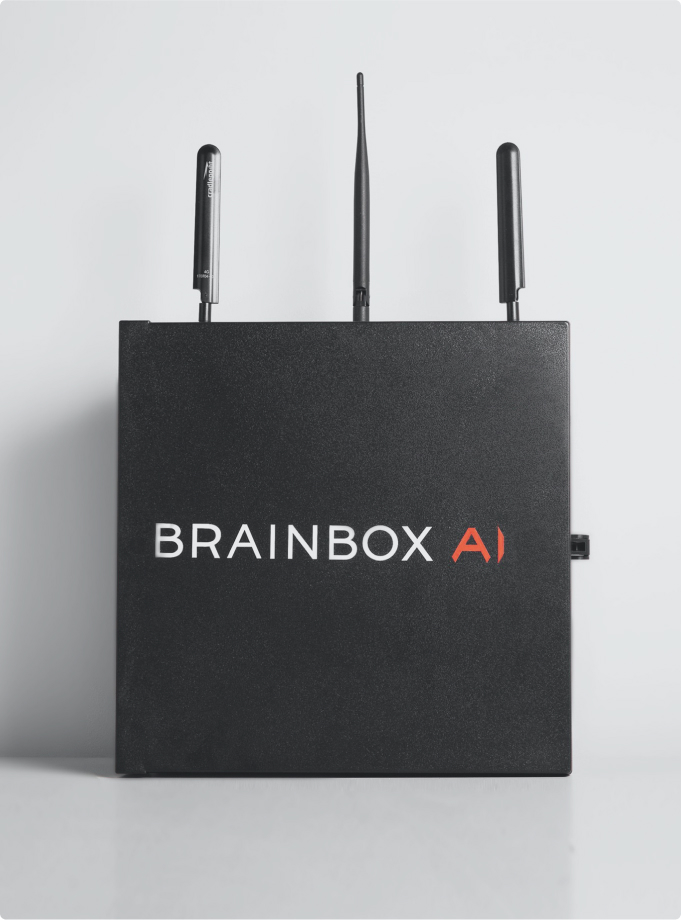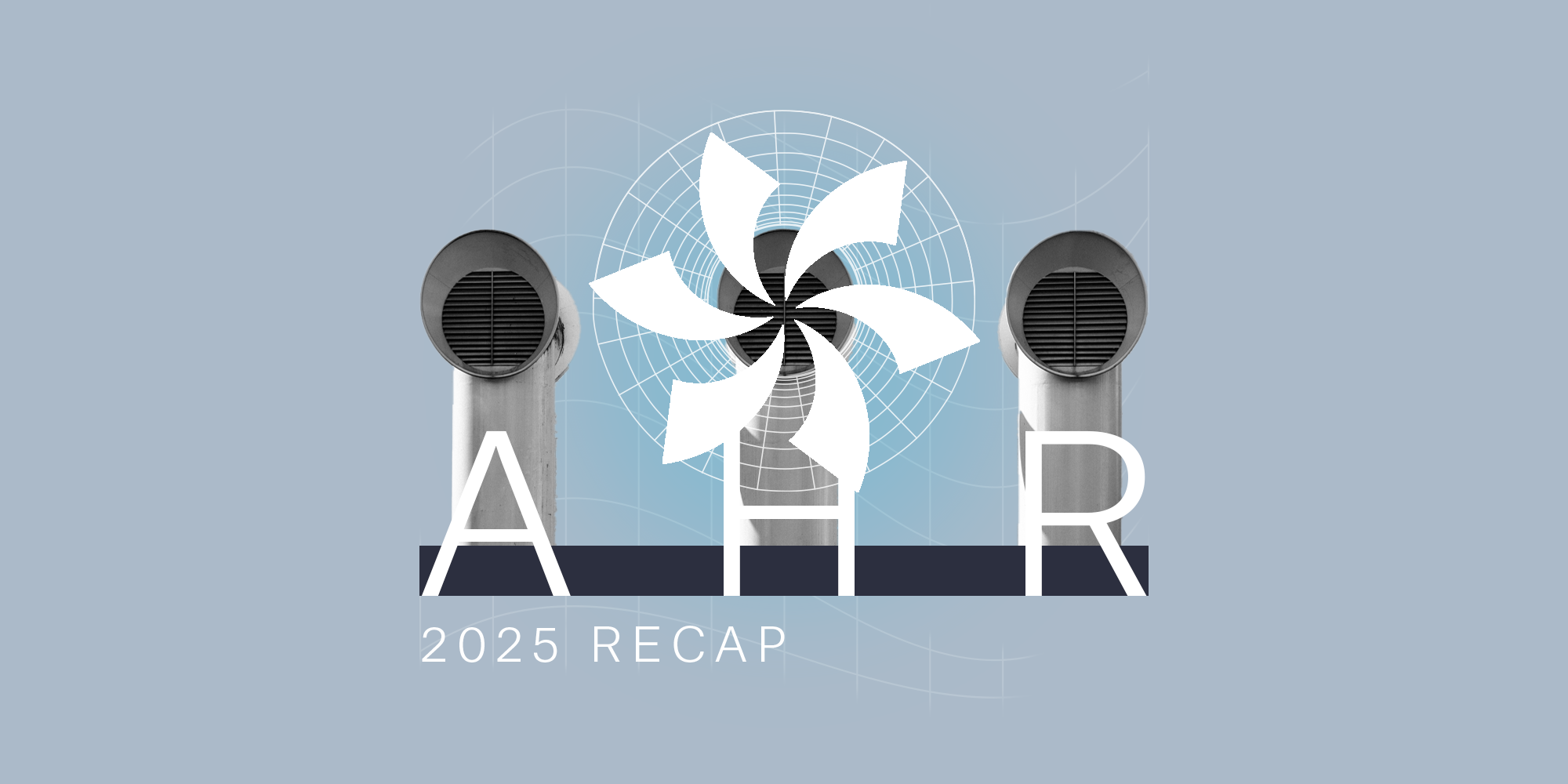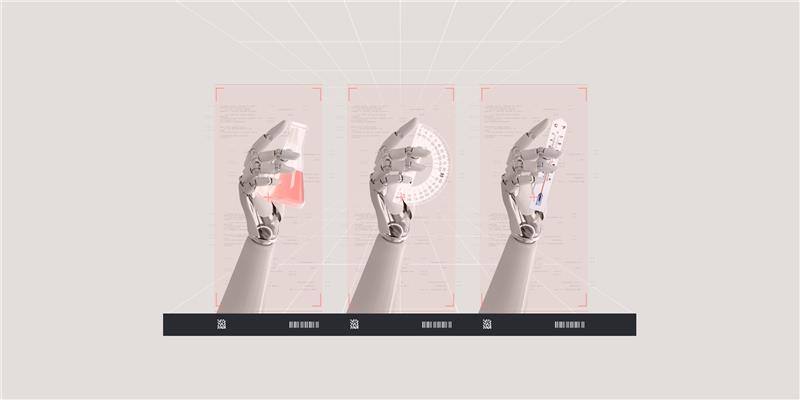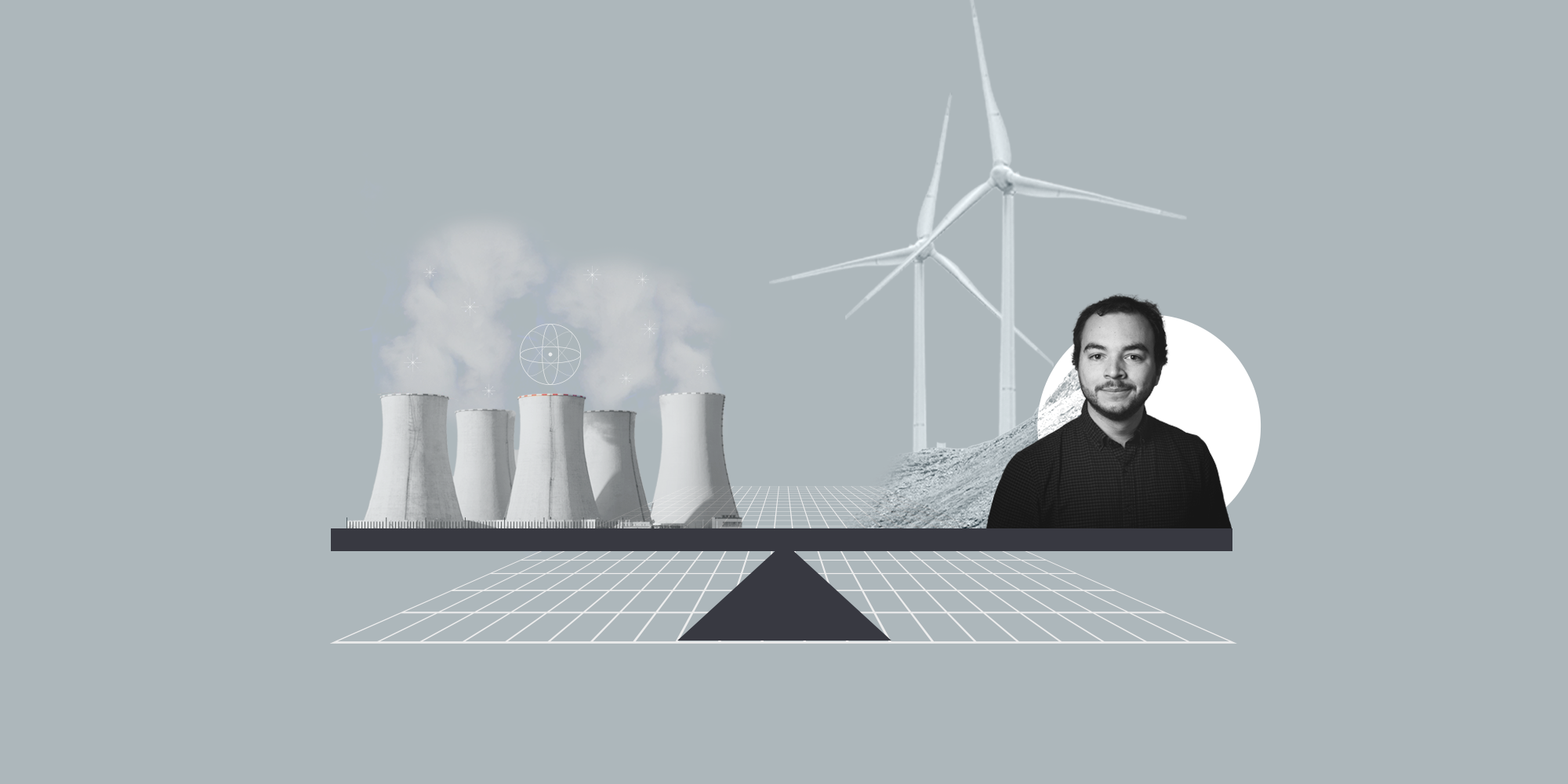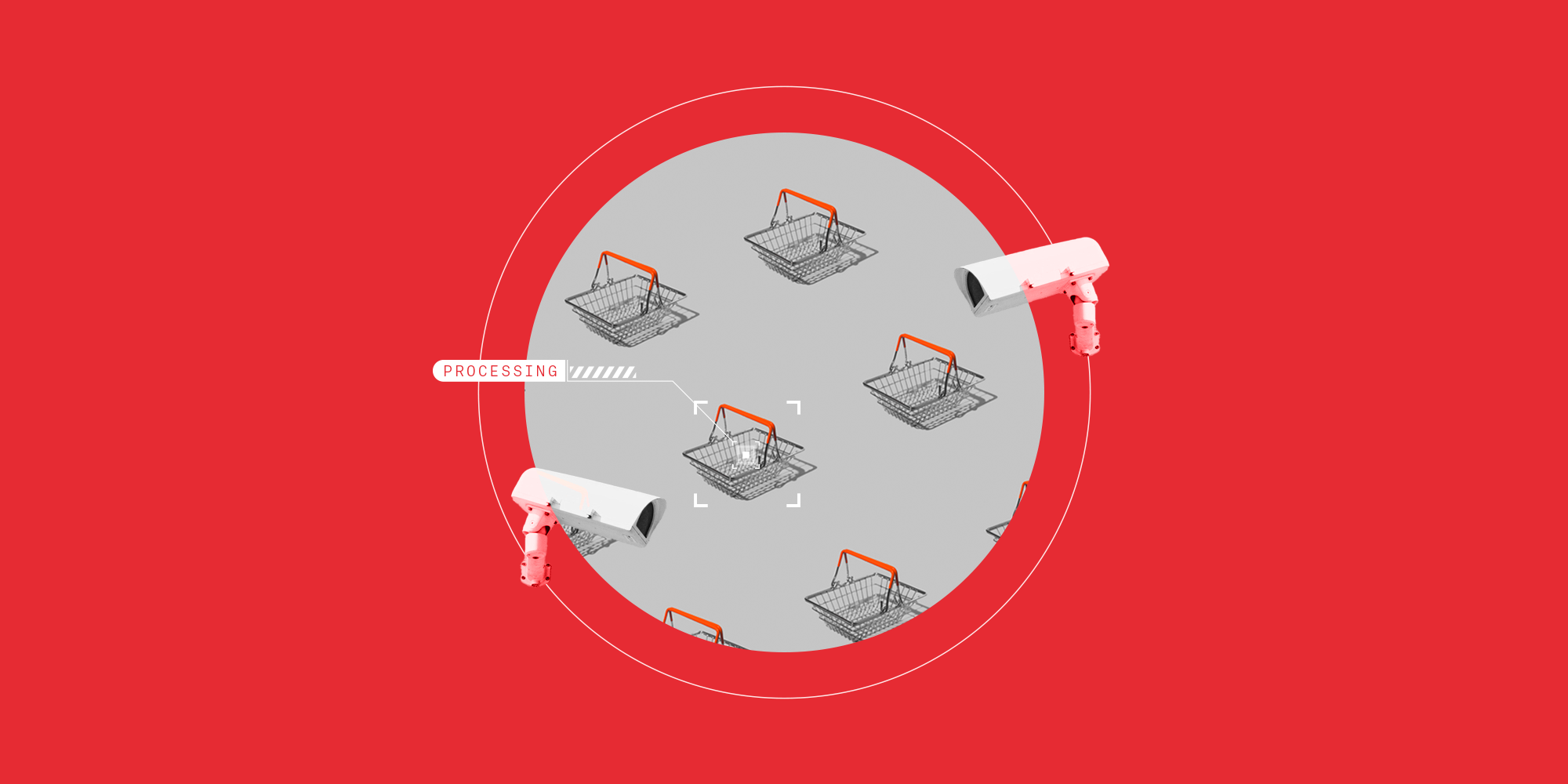Democratizing demand response with AI

Key takeaways
- Demand response (DR) is becoming an increasingly integral tool for buildings and energy systems.
- AI-driven DR offers a practical, effective, accessible way to manage rising energy costs and demand.
- AI-powered DR can democratize grid flexibility, making it accessible to all while enhancing grid stability and efficiency.
- Transitioning from manual to AI-automated DR reduces costs and expands participation, particularly in high-impact commercial areas.
- Integrating AI in DR can support renewable energy integration, reduce reliance on fossil fuels, and promote a more sustainable, flexible, and resilient grid.
Author
Nicolas Bossé
We’re at a crucial moment in the evolution of our energy grids. As we transition from centralized, fossil fuel-powered systems to decentralized, renewable-based networks, we face both immense challenges and unprecedented opportunities. The stakes couldn’t be higher: Our decisions today will determine our energy and environmental future.
This transformation demands a radical rethinking of how we consume and manage energy. Utilities and system operators are racing to find non-emitting, flexible solutions that can balance the delicate equation of supply and demand. At the forefront of this revolution is demand response (DR).
DR allows utilities to balance the grid by asking consumers to reduce or shift their energy use during peak times. Initially adopted by industrials to maintain reliability and earn incentives, DR is becoming a democratized tool and financial opportunity potentially accessible to all – thanks in part to AI solutions.
The challenge with grids these days
Grids are like finely tuned engines. Just as an engine requires a precise balance between fuel and air to function properly, the grid requires an exact match between generation (supply) and consumption (demand). Any imbalance can cause the system to stall or become inefficient.
This balance is crucial because electricity can’t be stored in large quantities on the grid itself; it must be used as it’s generated. If supply exceeds demand, it can cause voltage levels to rise, potentially damaging infrastructure and equipment. Conversely, if demand exceeds supply, it can lead to power outages. Maintaining this balance is essential for grid stability, reliability, and preventing disruptions. But the risk of grid exposure is growing as the grid continues its transformation toward more renewables and increased decentralization (thanks to the integration of small-scale, distributed energy resources like solar panels, battery storage, and demand response programs).
Consider this: by 2030, global electricity demand is projected to surge by 25-30%. Meanwhile, to meet net-zero targets, the majority of new supply must come from renewable energy. But renewables, as vital as they are, cannot yet guarantee round-the-clock reliability. This growing demand, coupled with the intermittent nature of renewables, creates dangerous supply gaps—gaps that today are filled by carbon-intensive natural gas. If we don’t act now to find non-emitting, cost-effective alternatives, decarbonizing the grid could become prohibitively expensive for all of us.
If we don’t act now to find non-emitting, cost-effective alternatives, decarbonizing the grid could become prohibitively expensive for all of us.
This brings me to the second challenge with our evolving grids: They weren't designed to handle the current and future energy demands or changing energy mixes. In fact, the US electrical grid relies heavily on technology and infrastructure that's over 50 years old, built when energy demand was more predictable and larger, centralized fossil fuel plants powered the grid. Now, with increasingly unpredictable weather events, this aging infrastructure is under strain, causing more frequent and significant power outages.
Trends in Power Outages Due to Severe Weather Incidents in the United States (2012-2023)

These increasing power outages are a massive financial drain. Money is lost for every minute of power lost. Case in point: The Texas freeze of February 2021, which left over 10 million people without electricity for several days, costing the country USD 130 billion (resulting in a visible dip in the US GDP that year).
To prevent these costly blackouts, we need more localized and decentralized grid flexibility, a way for grid operators to navigate intermittency, increase the integration of decentralized resources, and meet demand. However, both the climate and the economy can’t wait around for the overhaul of global grid systems under legacy regulatory and policy frameworks (an effort projected to cost around USD 21 trillion over several decades). Instead, we must work more with our existing infrastructure and find new ways to manage them. For this, utilities and grid operators need readily available, flexible resources that can be quickly ramped up or down to match fluctuating supply and demand, ensuring reliability as the grid evolves.
What we ultimately need is more flexible demand response.
Demand response: From manual intervention to AI automation
Demand response programs work. In 2021, the US recorded 29 GW of peak demand savings potential across all DR programs, with over 10 million residential, commercial, and industrial customers enrolled. This led to total energy savings of 1,154 GWh—more than what two natural gas-fired power plants typically produce in a year. However, we need to expand these efforts and make them more cost-effective.
When I first encountered DR, it was largely confined to large industrial sites. These were places that could afford to invest in on-site generators or curtail production during peak demand periods. For them, DR was a strategic decision—cutting energy use when prices were high and when the grid was under stress. But this approach was far from flexible, and it definitely wasn’t scalable for smaller operations. Today, AI-driven technologies are democratizing DR, allowing even small commercial buildings to participate - and often without the need for significant capital investment.
Another issue with the DR of the past is that it was almost comically manual. In the past (and even in some cases today), facility managers had to run around their buildings, switching off lights, unplugging vending machines, and manually controlling thermostats whenever a DR event was triggered. It was a labor-intensive, inefficient process.
AI-driven DR, on the other hand, allows for real-time, automated adjustments based on the predictive capabilities offered by the most advanced AI tools. You see, the true power of AI isn’t about replacing human decision-making, it’s about enhancing it, automating it, and making it more precise. Ultimately, with AI, DR saves money and allows for a larger group of end users to actively contribute to grid stability.
Strategic AI-driven demand response
It's not just about automation—location matters too. While residential DR programs are growing rapidly, most homes are in less congested areas of the grid. In contrast, commercial buildings are often in high-congestion zones, where relieving that congestion is costly. Additionally, commercial buildings consume significantly more energy per square foot than homes. This makes them far more effective in providing the grid flexibility where it's most needed. With AI-driven processes, grid operators get the trifecta: predictable volumes, delivered when and where they're needed most.
With AI-driven processes, grid operators get the trifecta: predictable volumes, delivered when and where they're needed most.
In essence, targeting these high-impact areas with DR strategies is like finding money on the ground—especially as electricity costs are set to increase. By focusing on commercial buildings in congested areas, we can make significant strides in reducing the growth of energy costs and improving grid reliability.
It makes sense from all angles. AI systems can modulate energy use across thousands of buildings without requiring any human intervention. The facility manager no longer has to sprint down hallways pulling plugs or flipping switches. Instead, AI can do the heavy lifting—optimizing energy consumption optimally and in real time while ensuring that the building operates efficiently and comfortably.
Perhaps most importantly for building owners and operators, AI solutions (like those offered by BrainBox AI) require no significant upfront investment—no need for new hardware or extensive retrofits. It's a low-to-no Capex solution that delivers immediate and ongoing returns. In essence, AI transforms demand response from a cost-benefit analysis to a purely revenue-generating one.
In essence, AI transforms demand response from a cost-benefit analysis to a purely revenue-generating one.
Beyond benefiting end-consumers, AI-driven demand response solutions can contribute to a more stable and efficient power systems overall. They excel in forecasting power demand and production, optimizing the maintenance and use of energy assets, and providing deeper insights into energy consumption patterns.
When integrated with or assembled as a virtual power plants (VPPs), these AI solutions can aggregate and manage decentralized energy resources, allowing them to become a sizeable single source, flexible power plant that can respond dynamically to grid needs at the scale of a natural gas power plant. This not only increases grid flexibility but also supports the integration of more renewable energy sources by smoothing out the intermittency associated with them without the natural gas emissions. This is because VPPs enable the coordination of diverse energy assets, allowing grid operators to respond more effectively to fluctuations in supply and demand, ultimately creating a more resilient and reliable power system.
Overcoming policy challenges
Of course, integrating AI into the electricity grid isn’t without its challenges. Policies are often slow to adapt to technological advancements. Current utility programs and regulations are predominantly designed around traditional, hardware-intensive solutions, like changing HVAC systems, support better insulation, installing energy-saving smart meters and thermostats. These solutions are familiar and well-understood, both by policymakers and the utilities that implement and encourage them. However, they’re costly, slow to deploy, and increasingly out of step with the needs of the rapidly evolving energy landscape and allocation of financial risks.
AI-driven demand response, by contrast, offers a software-based approach that can be deployed quickly and at a fraction of the cost with limited financial exposure to the host client. However, because it’s “new” and doesn’t fit neatly into existing regulatory frameworks, it often struggles to gain the same level of support as traditional solutions. For instance, many utility programs offer financial incentives for installing energy-efficient hardware, but similar incentives for deploying AI-based software solutions are rare or nonexistent. Policies that subsidize software solutions, just as they do hardware, would level the playing field and accelerate the adoption of AI-driven demand response across the grid.
Policies that subsidize software solutions, just as they do hardware, would level the playing field and accelerate the adoption of AI-driven demand response across the grid.
The future of demand response: A virtuous cycle
Despite these challenges, I remain convinced that demand response will become increasingly integral to our day to day lives and energy systems. As electricity costs rise, driven by increased demand, rapid electrification, and the need to integrate more renewables, AI-driven demand response offers a practical, effective, democratic way to manage these pressures. It’s low-hanging fruit of epic proportions, a resource that’s available today and desperately underutilized.
It’s low-hanging fruit of epic proportions, a resource that’s available today and desperately underutilized.
But beyond the immediate benefits, AI-driven demand response has the potential to create a virtuous cycle—both financially and environmentally. By providing the flexibility needed to increase renewable penetration, we reduce our reliance on fossil fuels, leading to a cleaner, more sustainable energy system. And as the grid becomes greener, the energy consumed by AI systems themselves becomes more sustainable. Meanwhile, participants - whether they’re large organizations, small businesses, or individual consumers—profit from their involvement, creating a more inclusive and financially rewarding energy ecosystem.
From this perspective, I’m optimistic about the role that AI-driven demand response will play in our energy transition. It’s an especially exciting time to be in this field.
Want to take part in an out-the-box discussion with energy experts about the bold new demand flexibility tools?


